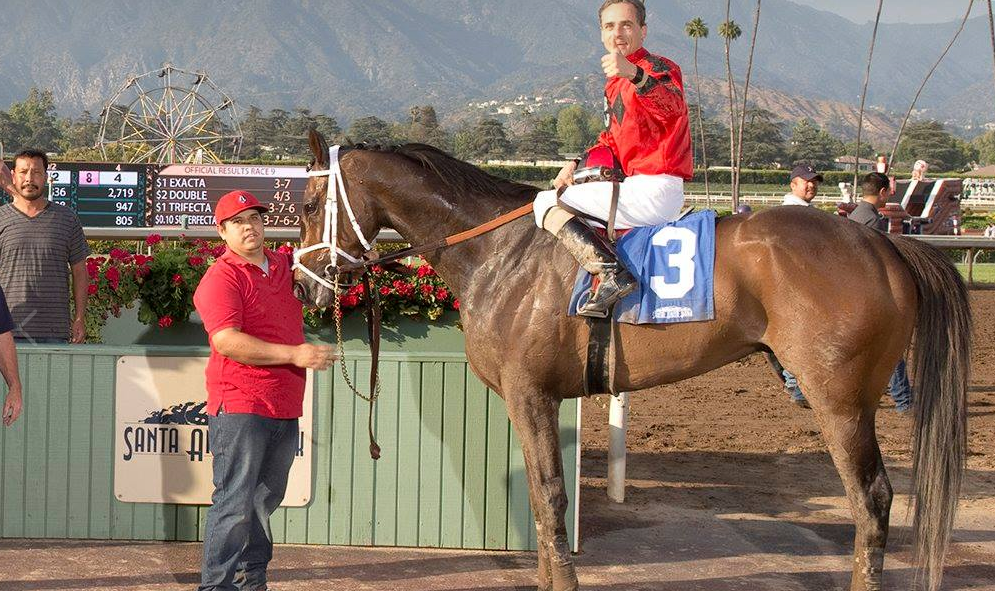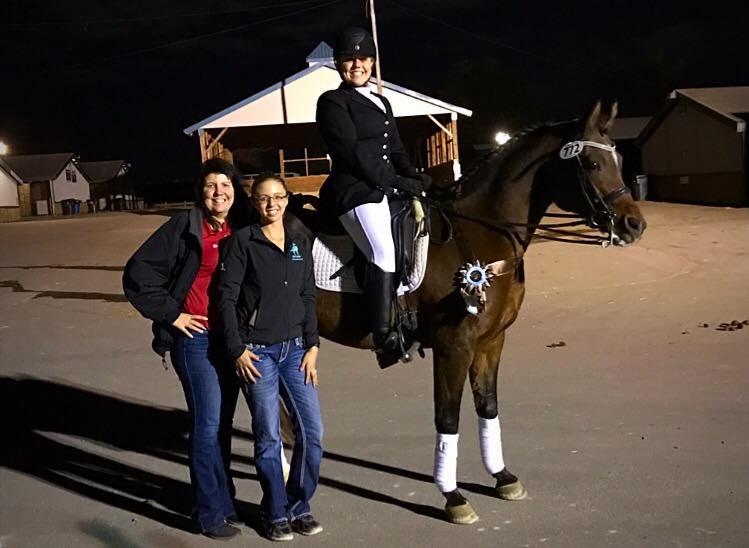Learn How Uneven Seat Bones Can Affect Leg Yields

 The horse’s performance is greatly affected by where the rider is centering themselves on their backs. When the posture of a rider “looks” correct, yet aids are not executing the correct signals, there’s usually an unevenness in the riders seat bones. It can be hard to detect but horses can tell.
The horse’s performance is greatly affected by where the rider is centering themselves on their backs. When the posture of a rider “looks” correct, yet aids are not executing the correct signals, there’s usually an unevenness in the riders seat bones. It can be hard to detect but horses can tell.
Uneven seat bones are neutralizing the rider’s aids, providing a valid reason for the horse to not respond to the rider. More spur or whip won’t fix the problem. Sitting on both seat bones, distributing body weight correctly for the job at hand and positioning properly will give you a better response.
Common Problem
Leg yielding to the left, off the right leg.
As the inside of riders leg comes onto the horse to signal a lateral step from the horse. Rider has their horse connected to their outside rein, from the inside leg. The rider proceeds to tell the horse to step lateral in a rhythm. All is looking good….
Except….The horse is going straight and maybe starts to pick up tempo…
The rider’s core lifts on the inside seat bone. Now the rider’s seat bones are uneven.
The reins get tighter to try and manipulate the leg yield.
When a rider is misplacing their seat bones, their body weight becomes distributed incorrectly over the horses back. If the rider has a naughty horse, they will pull the rider forward, completely out of their seat, and the leg yield dissolves into a tug-of-war.
There are corrections for the horse in this type of situation, please advise your horse trainer.
What we can try to do our hardest is keep that inside seat bone down and even with the outside, but with more emphasis of body weight.
The inside seat bone must be level with the outside seat bone. When the legs work, they shouldn’t be raising or lowering the seat bones. Your pelvic bowl needs to be strong enough to stabilize your two seat bones.
During lateral movements, the rider’s inside leg tends to work so hard that the muscles shorten up from over-contracting, leaving the rider with uneven pelvic stability.
Weight distribution and controlling your center on a horse will define the success of your lateral movement.
How do muscles play a part?
In the situation above, the rider’s inside leg wants the horse to yield from it and go sideways. As muscle fibers contract from the yielding aid, the leg becomes shorter.
If the horse doesn’t move sideways, check that inside leg. Did it get shorter?
This shorten of the inside leg muscles will cause the inside seat bone to lift up. The rider’s body weight will be pushed to the outside giving the horse a different aid. Depending on the horse, they may or may not react. It will however be more confusing to the horse and they typically get stuck going straight for a couple of strides. I call it neutralizing your aids.
Making sure you have even seat bones gives you a confirmed base with your seat on a moving animal.
Article and photo contributed by www.bioriderfitness.com. If you found this article helpful, Share it on Facebook!





